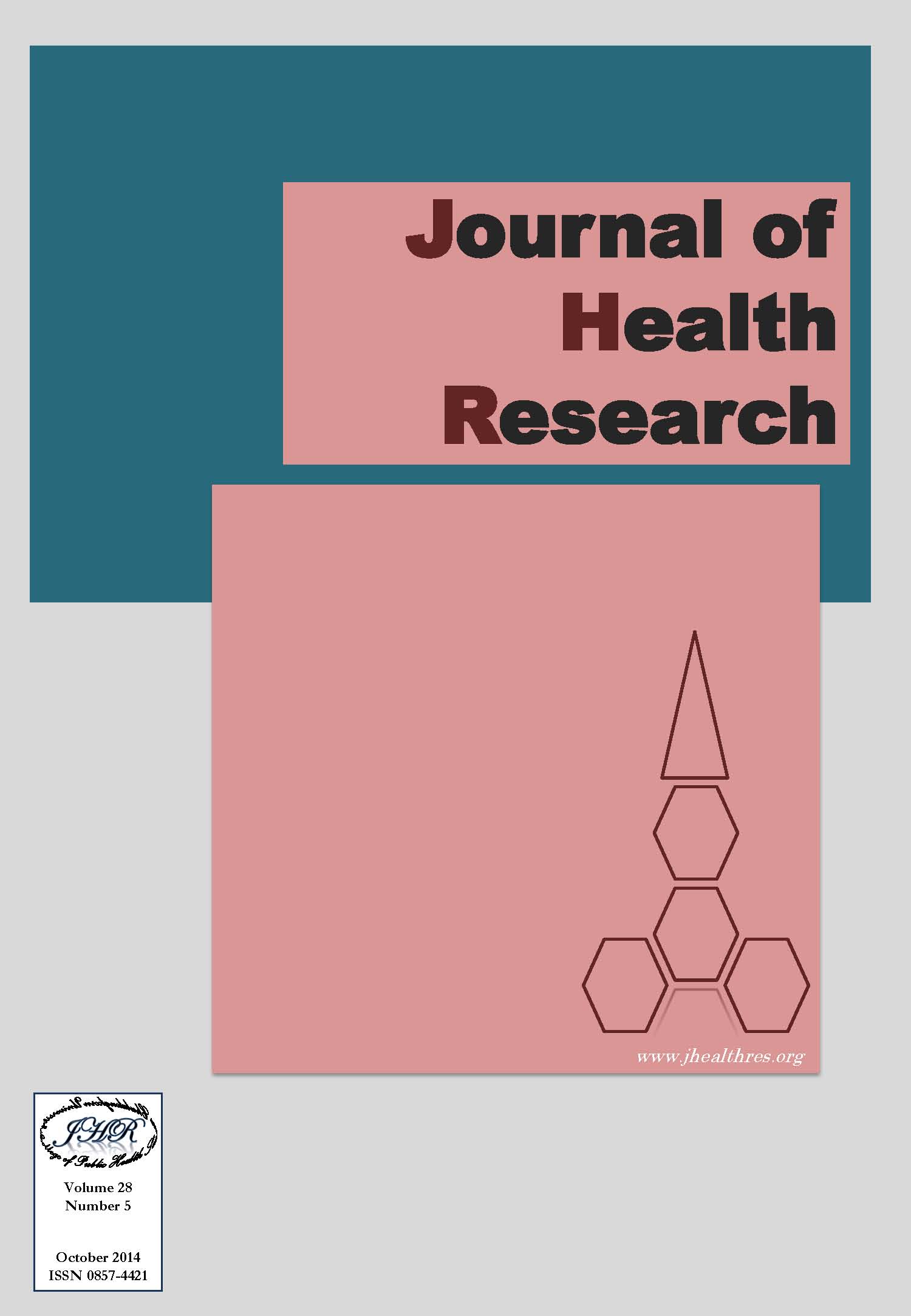Developing and Testing Economic Model for Picture Archiving and Communication System in Thailand
Keywords:
Picture Archiving and Communication System, Health technology assessment, Economic Model, Differential cost analysis, Net Present ValueAbstract
A hospital needs cost-benefit evidence to support decision making to invest in high cost Picture Archiving and Communication System (PACS). However, not many hospitals are capable of conducting an economic study. The objectives of the study were to develop economic models that help support decision making whether a hospital should implement PACS, partial PACS, or remain with film-based system and to test the developed models using examples of small, medium, and large sized hospitals. The study applied cost-benefit analysis as a framework. The model used provider’s perspective. Cost items and model assumptions came from work process study, literature review and key informants interview. To evaluate the developed models, quantitative utilization data were acquired from previous studies in Thailand. Cost data were obtained from various public hospitals and Ministry of Public Health sources. Net Present Value (NPV) was the main outcome. Among the 3 alternatives, the one which produced the smallest NPV was a system a hospital should implement. Cost saving and break-even point were calculated. The developed model composed of 11 direct cost items and 3 indirect cost items for PACS, and 14 direct cost items and 5 indirect cost items for film-based system. The study assumed 9 years PACS lifetime, 5 years replacement of PACS related hardware, and 10 years replacement of other PACS and film-based items, 3% discount rate, and 8% increase in growth rate of service utilization. Maintenance cost and software upgrade cost were bundled and charged at 8% of first time investment cost. Inflation rate was estimated at 2% and salary was increased at 5%. As the models were tested using data from 3 hospitals which could not be considered representative of each hospital size, this study suggested that partial PACS may not be recommended for all hospital sizes. PACS showed no payback in a small size hospital, but was worth investing for medium and large size hospitals when compared to film-based system. For these particular examples, implementing PACS would have saved 24.5 and 60.2 million baht for medium and large size hospitals, respectively. Payback was received in the 4th year for both medium and large size hospitals. Sensitivity analysis suggested that lowering first time investment cost in a small size hospital by 30% would make PACS worthy of investment. Moreover, if growth rate of service utilization remained unchanged, a medium size hospital should not invest in PACS as there was no gain on investment in a 10 year period. The result for various hospital sizes cannot be generalized. A hospital should use its own data to find out if PACS worth investing.







